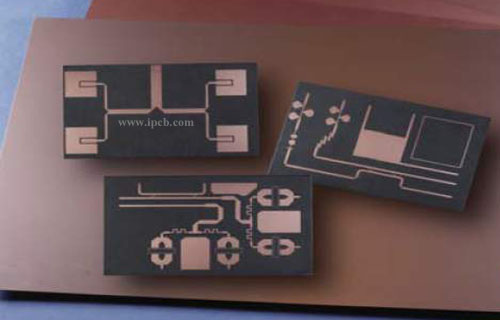With the improvement of the computing speed of microprocessors and signal conversion and transmission devices, the computing speed of digital circuits has reached a higher level: 100gbps. The use of general PCB materials cannot meet the requirements of high-speed signals. The choice of PCB materials will determine the performance of the product.
The selection of PCB materials must meet design requirements, mass production, and cost balance points. In short, design requirements include electrical and structural reliability. This issue is often important when designing very high speed PCB boards (frequency greater than GHz). For example, the currently commonly used FR-4 material has a large dielectric loss DF (dielectric loss) at several GHz frequencies and may not be suitable.

high speed PCB
How to choose high frequency and high speed PCB materials
In actual engineering operations, the selection of high-frequency PCB seems simple, but there are many factors that need to be considered. Through the introduction of this article, as a PCB design engineer or high-speed project leader, you have a certain understanding of the characteristics and selection of the board. Understand the electrical properties, thermal properties, reliability, etc., and use stacking rationally to design a product with high reliability and good processability, and comprehensively consider various factors to achieve optimization.
The main factors to consider when choosing the right PCB materials are as follows:
1. Manufacturability: such as lamination performance, temperature performance, CAF/heat resistance, mechanical toughness (good reliability), fire protection grade, etc.;
2. Various characteristics that match the product (electrical, performance stability, etc.): low loss, stable Dk/DF parameters, small dispersion, small coefficient of variation with frequency and environment, small tolerances on material thickness and glue content (good impedance) control). If the traces are longer, consider low-roughness copper foil. In addition, simulation needs to be performed in the early stage of high-speed circuit design, and the simulation results are the reference standard for design.